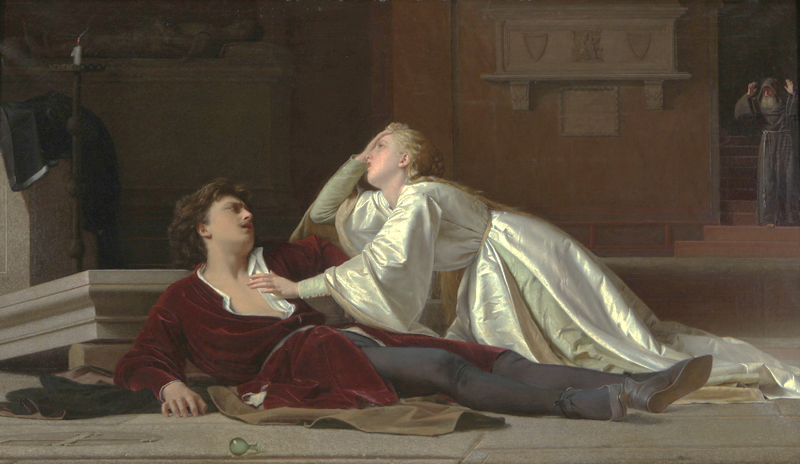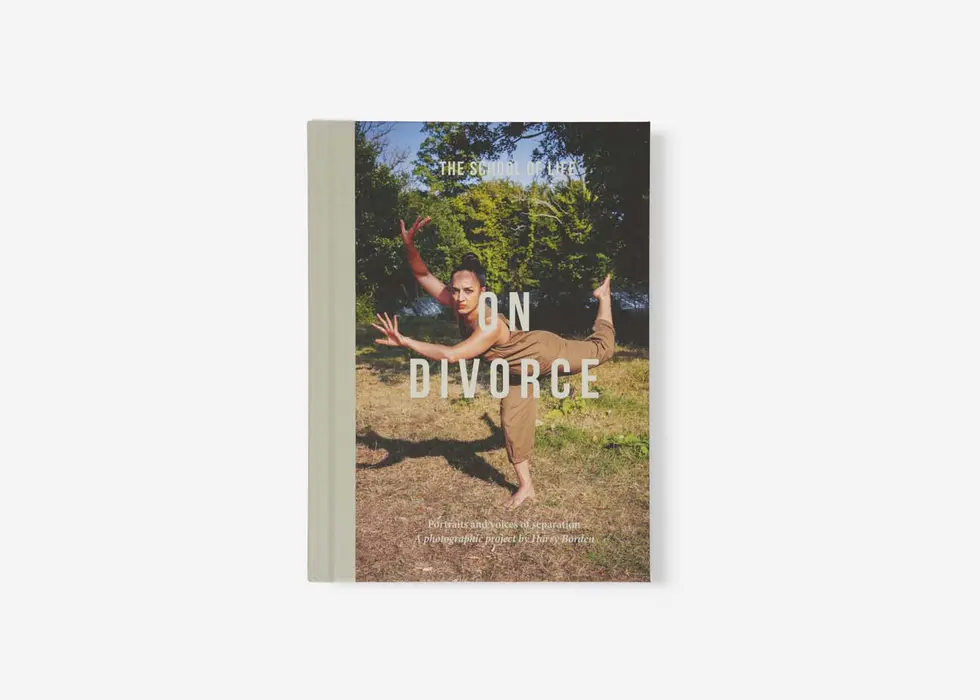Relationships • Romanticism
Pygmalion and your Love life
In Book 10 of the Roman poet Ovid’s Metamorphoses, we’re introduced to one of the world’s more curious but telling myths: a Cypriot sculptor called Pygmalion has developed a problem with women. He has seen the daughters of a local man called Propoetus refuse to honour Venus, the goddess of love, and then turn to prostitution. As a result, he has decided he is ‘not interested in women’ and devotes himself to his work instead. But, for old time’s sake, he does carve a woman out of ivory, shaped into exactly the form he has always longed for. When she is finished, as he gazes up at her nakedness, Pygmalion discovers that he has fallen deeply in love. Bereft at the thought that she is merely a statue, he implores Venus to take pity on him. In exchange for a ritual offering, she turns the ivory figure into a real woman, who awakes and instantly reciprocates Pygmalion’s feelings. They fall into a rapturous kiss and he starts to explore one of her breasts (Ovid leaves the rest to our imagination). Soon after, Pygmalion and his lover decide to get married, have a child and live happily ever after.
What is striking from a historical point of view is exactly where and when this myth took off: Europe and North America in the second half of the nineteenth century. The story had always been known; now it became venerated. It was the second most painted subject in all of culture in this period – handled by, among others, Auguste Rodin, Jean-Léon Gérôme (four times), Edward Burne-Jones (five times), and Ernest Norman – as well as being covered by playwrights, song-writers and poets.

Jean-Léon Gérôme, Pygmalion and Galatea, 1890

Edward Burne-Jones, The Soul Attains, 1878

Ernest Normand, Pygmalion and Galatea, 1886
The story’s popularity was not a matter of chance, it coincided exactly with a movement of ideas that flourished at this time known to historians as Romanticism. Romanticism proposed a very different vision of relationships to that which had existed hitherto. It argued that passionate love was the only possible basis on which two people could form a good relationship: kindness, mild attraction, intellectual sympathy and a commitment to growing old in each other’s company were no longer enough. Nor was one meant to dwell on practical considerations like views on money or on household management or the opinions of parents (such matters were simply and tellingly now deemed ‘un-Romantic’). Romantics believed that true lovers would understand each other intuitively, without needing to use words; there would simply be a sudden sympathy of souls – and a strong feeling that one had always known this person, perhaps in another life. Furthermore, love would be born immediately: one would lay eyes on someone and know at once. Through intuition, one could within minutes locate a person with whom to spend the rest of one’s days. The swifter and more dramatic the process, the safer the relationship was assumed to be. Thinking too much about love was a dangerous sign (and very un-Romantic too). There was certainly no need to have a conversation with one’s lover. The Romantics also assumed that true love involved a perfect combination of sexual attraction and spiritual sympathy; it was unimaginable that one wouldn’t be very turned on by a partner one loved, or find that one fancied someone whose character one wasn’t so interested in (along the way, Romanticism turned adultery from a problem into a catastrophe). Romanticism reconfigured love as the entire meaning of life – not a passing adolescent fantasy or a species of madness, as it had until then typically been considered. No longer did friendship, work, religion, philosophy, hobbies, travel or politics hold out any promises: one’s happiness would be entirely dependent on discovering a lifelong soulmate, who would render everyone and everything else superfluous.
One begins to see why Pygmalion might have been rediscovered by Romanticism. He represented everything that this ideology believed in: his passion developed at first sight, he didn’t need to do any talking; he didn’t have to get to understand his statue-lover; he didn’t bother to find out about her views or aspirations. He loved her completely and at the same time didn’t know a thing about her – beyond her shape. It was going to be forever and involve children, but not even a hello was in order. Beneath a veneer of cultural prestige, the story was close to insane or, more politely, just very Romantic.
Pygmalion’s influence on emotional culture was surpassed only by one other Romantic couple (who were also the most popular topic for late nineteenth century painters): Romeo and Juliet. Romanticism recategorised Shakespeare’s play from being judged among his weakest and most forgettable to the greatest work he wrote. London and Paris were not to be without a performance of the play throughout the second half of the nineteenth century. From a rather pitiful and implausible tale of teenage love, the play was re-evaluated as capturing everything that love was meant to be – for all people, for all time. The story of the boy and girl from Verona was meant to be a reliable guide to love for university graduates and recently qualified accountants, this was to be the compass by which married couples in Neuilly sur Seine and Leamington Spa were to navigate their emotions. This wasn’t simply entertainment; it was (the unusually gory ending aside) a roadmap.

Pietro Roi, The Death of Romeo and Juliet, 1866

Ford Madox Brown, The Balcony Scene, 1870
Unfortunately, Romanticism did not stay neatly within the confines of art and literature; it wasn’t just an intellectual exercise. It began to influence people’s actual assessments of themselves and others. It altered what happened on trains and at parties, in bedrooms and in seaside resorts. One didn’t need to have read Ovid or Shakespeare to be impacted; the Romantic influence pervaded one’s mind all the same. Its influence spread to every nation, Romanticism became the official religion of modernity, it filled in for our loss of faith in saints and deities and even encouraged us, not coincidentally, to call our lovers ‘angel’. The new religion’s victory became total, it could no longer be escaped or even thought about properly. It shaped the instinctive way in which a boy and a girl in downtown Manila might think of their emotions after seeing a film together or guide a home-maker in Seattle in her assessment of her marriage. People who didn’t feel Romantic emotions learnt to pretend they did – just to survive – and might feel that there was something very wrong with them for finding the Pygmalion story somewhat odd.

Abraham Solomon, The Meeting, And at first Meeting Loved, 1854
Along the way, Romanticism became the single greatest obstacle to our ability to have successful relationships; it became a disaster for love. To get a sense of the hurdles it created, we need only imagine how many problems Pygmalion and his carved wife might have run into in the years after their miraculous union – and how unprepared the cult of Romanticism would have left them (as it does all of us).
Romanticism works with a charmingly innocent view of our instincts – and the chances of their reliability. It forgets that what we call ‘falling in love’ tends to be a process of refinding a love that evokes for us the sort of emotional relationship we knew in childhood, which for many of us involved pain, distance, suffering, neglect and frustration. Our instincts tend to guide us not so much to a pure being who will finally make us happy – so much as a troublingly familiar figure who will make us unhappy in just the way we are used to from childhood, and whom we feel drawn to by a psychological impulse to repeat patterns of suffering.
Not only does Romanticism venerate an instinct which we should be hugely suspicious of, it then drains us of any will to get to know our partners properly, because it suggests that we know them already. It makes conversation feel laborious. It associates patient analysis with pedantry: true lovers are meant to communicate by mysterious motions of the soul. The result is that like Mrs Pygmalion, lovers end up as figments of each other’s over-hasty imaginations.
This in turn leads us into constant outbreaks of sulking, whereby we become furious with our partners for having failed to understand us for things which we haven’t bothered to explain – so convinced are we that true lovers simply know what’s in their partner’s hearts.
We develop unecessarily militant views on sex; we imagine that we should be able to be totally honest about our desires but then find that sex and love can sometimes run in opposite directions – at which point we panic and may call time on otherwise perfectly sound relationships. So bewitched are we by the image of true lovers admiring everything about one another, we fail to see how much of love could be a business of two people gently guiding each other to become better versions of themselves. We insist, often quite crossly, that a true lover should accept us ‘for who we really are’ – a terrifying possibility at any point. We picture love as a feeling of awe at another’s perfection; we don’t remember that it might also be a species of patience and benevolence towards a partner’s frailties and less than admirable dimensions.
No wonder if the modern age has not only obsessed more about love than any other – it has also singularly failed to help us get into and succeed at the relationships we do attempt. The future won’t belong to Romanticism. It will belong to a proper analysis of Romanticism’s flaws, a historical post-mortem out of which can emerge a kinder, more thoughtful, more psychological and more loving approach to others. We will learn to send Pygmalion to therapy, rather than the art gallery.


























